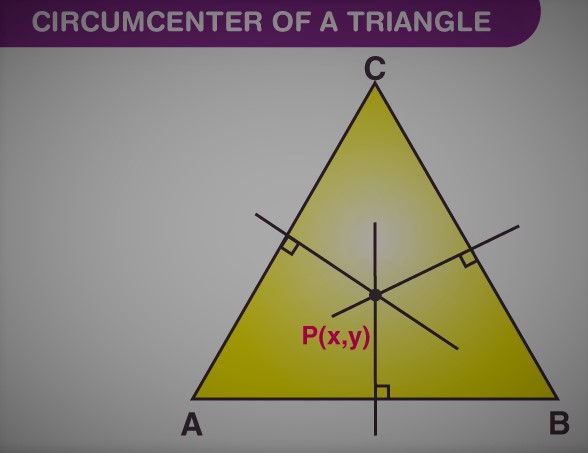What is the Principle of Reverse Osmosis?
- Adnan Nisar

- Nov 21, 2020
- 2 min read
Albeit invert assimilation (RO) is the most conservative and proficient cycle for the desalination of harsh water, seawater and waste water, its affectability to fouling focuses to the significance of understanding the water science included and the techniques for control and upkeep of fouling frameworks. As a synthetic designer of antiscalants, antifoulants, and synthetics required for RO frameworks for activity and support, we present here an essential comprehension of RO science, the scaling and colloidal fouling difficulties that limit rate saturate recuperation and a few forward leaps we have accomplished.
Presentation of Osmosis Reverse
One of the most seasoned and most regular partition strategies utilized basically for water cleansing is opposite assimilation. In the year 1950, the cycle was generally presented for seawater desalination, where the whole cycle was moderately moderate and bound to certain research centers. By and by, after a ton of exploration and advances in innovation, critical improvements have happened, especially.
What is Reverse Osmosis?
Turn around assimilation which is likewise generally alluded to as RO is a sort of filtration technique utilized for the expulsion of atoms and particles from a specific arrangement.
Turn around assimilation includes the utilization of weight (typically more noteworthy than the osmotic tension) on one side of the arrangement where a semipermeable film is put in the middle of the arrangements. This film is utilized to sift through pollutants down to the littlest particles. The pollutants are regularly alluded to as RO concentrate.
Invert Osmosis Principle
To separate the cycle further, because of the presence of layer, huge particles of the solute can't cross through it and they stay on the pressurized The unadulterated dissolvable, then again, is permitted to go through the film. At the point when this happens the particles of the solute begin getting focused on one side while the opposite side of the film gets weaken. Besides, the degrees of arrangements additionally change somewhat.
Generally, switch assimilation happens when the dissolvable goes through the layer against the focus slope. It essentially moves from a lower to a higher fixation.
Also Read: Reduce Agent
Invert Osmosis Process
Osmotic weight is the base weight needed to stop dissolvable move through the semipermeable film. Accordingly, when the arrangement side (the side where the solute fixation is high) is exposed to a weight more noteworthy than the osmotic weight, the dissolvable particles on the arrangement side travel through the semipermeable layer to the locale where the solute focus is low. Such converse dissolvable development through the semipermeable film is called invert assimilation.
Note that the weight applied to the arrangement side must be higher than the osmotic weight for the opposite assimilation cycle to continue. Osmotic weight is a colligative property, which relies upon the convergence of the arrangement. In water sanitization, the converse assimilation measure is significant. Many water purifiers utilized today utilize invert assimilation in the sanitization cycle as one of the means.

Comments